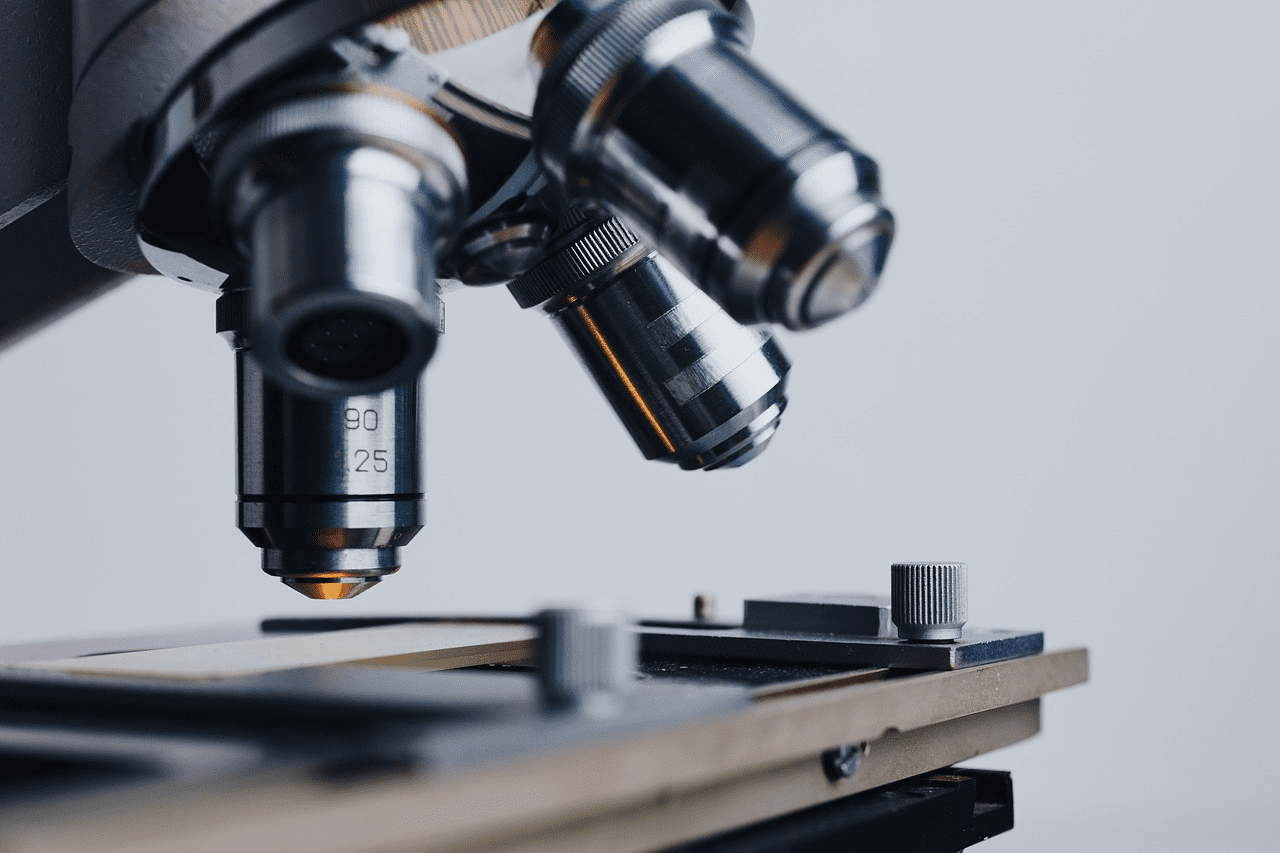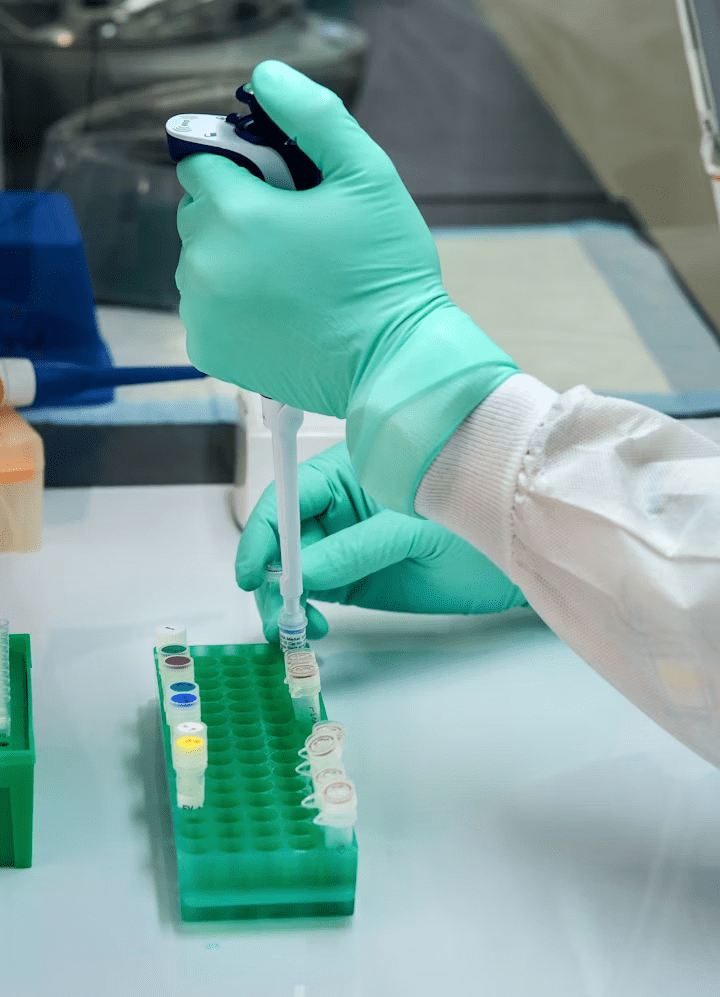Laboratory techniques for studying cells have evolved significantly in recent years. Understanding how cells function, communicate, and respond to various stimuli is crucial for numerous fields, such as biology, medicine, and biotechnology. The integration of advanced methods allows researchers to explore cellular processes in greater depth and detail. This article highlights the most impactful advances in cell study techniques, focusing on innovations that have transformed research outcomes and provided insights into cellular mechanisms.
High-Throughput Screening Technologies
High-throughput screening (HTS) technologies have revolutionized the way researchers assess cellular responses to drugs and other compounds. These methods allow scientists to test thousands of samples quickly, identifying effective compounds for further development.
Automating the screening process enhances reproducibility and speeds up data collection. As a result, pharmaceutical companies and research institutions can identify potential drugs more efficiently, limiting the time and costs associated with drug discovery. HTS has played a critical role in identifying the IWP-2 compound, which has shown promise in modulating specific signaling pathways within cells. This advancement continues to accelerate the pace of biomedical research and therapeutic development.
Advanced Microscopy Techniques
Microscopy techniques have significantly improved, allowing for detailed visualization of cellular structures and processes. Super-resolution microscopy, for instance, enables scientists to observe cellular components at a much higher resolution than traditional light microscopy. Techniques such as STED (Stimulated Emission Depletion) microscopy allow for the capture of live cell dynamics at the nanoscale level.
These advances have deepened our understanding of cellular interactions, protein localization, and organelle dynamics. With the ability to visualize cellular components in real time, researchers can explore how cells respond to different stimuli and how cellular structures communicate during various biological processes.
Advanced microscopy has allowed researchers to study the localization and activity of specific proteins, such as CSNK1D, a kinase involved in circadian rhythm regulation and various signaling pathways. Observing CSNK1D dynamics in live cells helps scientists understand its role in cellular timing mechanisms and disease-related processes. This level of detail provides critical insights that were previously unattainable with conventional microscopy.
CRISPR-Cas9 Gene Editing
Gene editing has emerged as a powerful tool for cellular studies, with the CRISPR-Cas9 system leading the way. This technology allows precise modifications in the genome, enabling scientists to elucidate the functions of individual genes and their contributions to cellular behavior. By knocking out or activating specific genes, researchers can determine how these changes impact cell processes and even contribute to disease mechanisms.
The versatility of the CRISPR system enhances its application in various cell types, making it a staple for studying complex cellular environments. As more researchers adopt CRISPR techniques, the potential for discoveries and therapeutic applications expands.
Integration of AI and Machine Learning in Cell Studies
The integration of artificial intelligence (AI) and machine learning into cell studies represents a paradigm shift in data analysis and interpretation. These technologies facilitate the handling of vast datasets generated by advanced imaging and sequencing methods, allowing researchers to discern patterns and relationships that conventional analysis methods might overlook.
Machine learning algorithms can predict cellular responses to treatments, identify new biomarkers for diseases, and even optimize experimental conditions for better outcomes. As these methodologies continue to mature, they empower researchers to derive meaningful conclusions from their data, advancing the field of cell biology.

Advancements in laboratory techniques for cell studies have profoundly impacted our understanding of cellular behavior and functionalities. From high-throughput screening and advanced microscopy to gene editing and AI integration, these methods have refined research capabilities, paving the way for significant breakthroughs in various fields. As technology continues to advance, the possibilities for discoveries in cell biology become increasingly boundless.





























